Hello Histology!! —Sharing some stuffs i had in college days!
Have you ever wondered of what do the parts of your body look like microscopically?
On this blog, i will post some of the pictures i had in my Histology class when i was in college.
SKIN
Our skin is the largest part of our body. It serves as a protection or a major barrier inside and outside of our body. It has 3 layers, the epidermis, dermis and hypodermis.
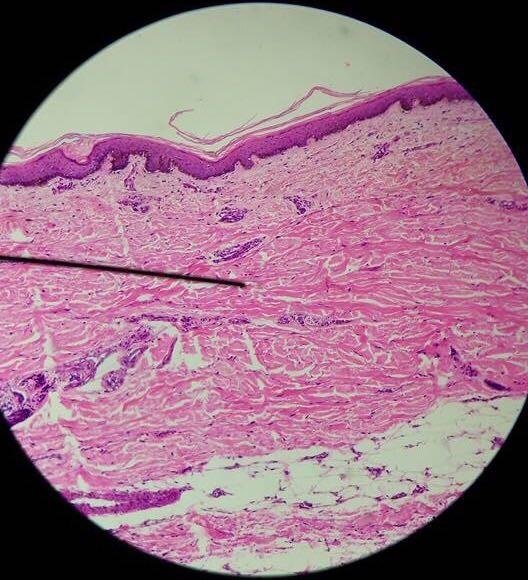
LUNGS
Lungs is the part of our body which is responsible for the process called respiration, a process where gas exchange occurs. Respiration is the scientific term of breathing. It is a process where oxygen enters the blood, while carbon dioxides leaves the blood. Lungs appear in the microscope like a fine laces, because it is composed mainly of alveoli. Alveoli are the tiny sacs where the gas exchange occurs.
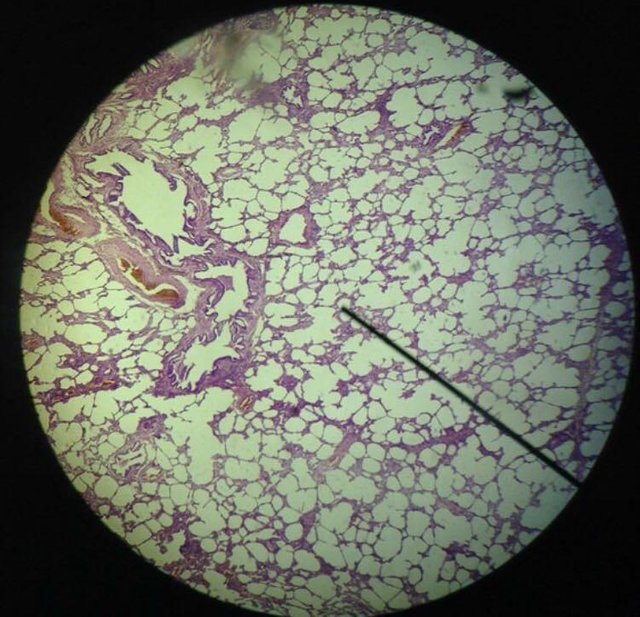
PHARYNX
Pharynx is also the one that we all know as throat. It is both part of our respiratory and digestive system. For the respiratory system, it allows the passage of air from our nose to the larynx. For the digestive system, it helps in swallowing and serves as pathway of food from the mouth down to the esophagus. Pharynx is lined by a stratified squamous non-keratinizing epithelium.
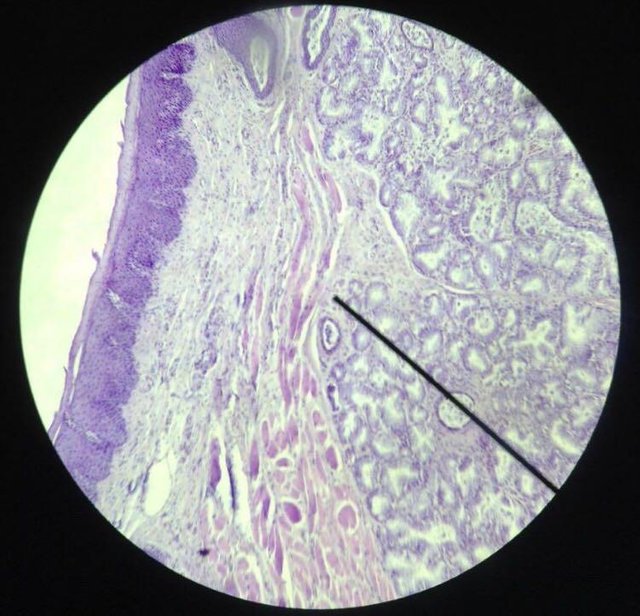
TRACHEA
Trachea is also known as windpipe. Its vital function is to provide airflow to and from the lungs for the respiration. Trachea is composed of mucosa, submucosa and tracheal cartilage.
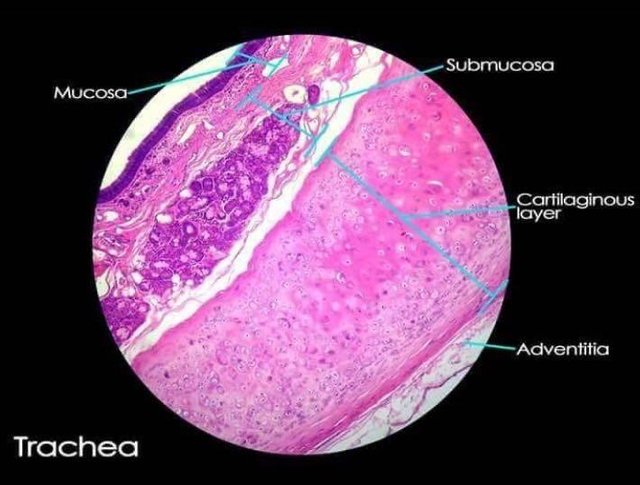
PANCREAS
Pancreas function for digestion and regulation. For digestion, it secretes enzymes or digestive juices that help in breaking down foods left in the stomach. For regulation, it produce the hormone called insulin which regulates body’s blood sugar level. Pancreas have an isolated island called “Islet of Langerhans”.
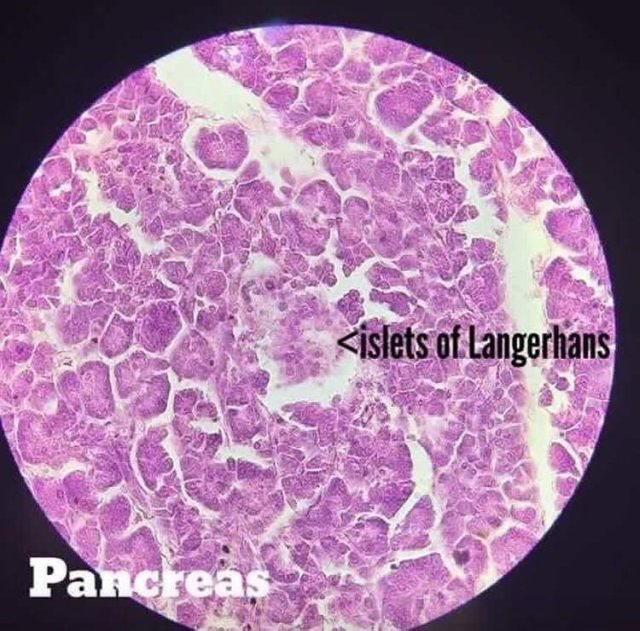
LIPS
Lips serve as the opening for the food we eat. It helps us to chew and bite the food we eat. It is lined by stratified squamous non-keratinized epithelium. It has meisenners corpuscles or also known as tactile corpuscles, which is responsible for touch sensitivity.
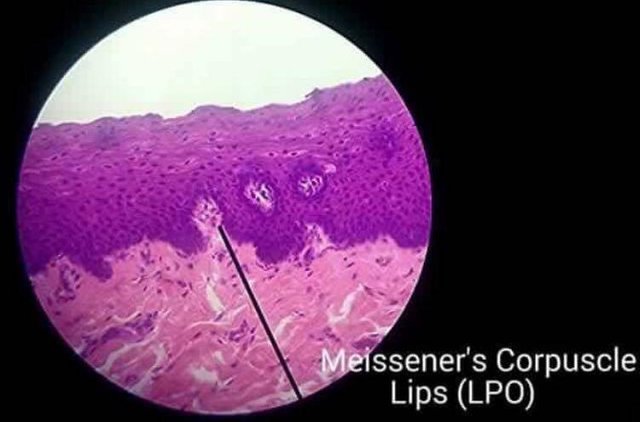
TONGUE
Tongue also helps in chewing and swallowing the food we eat. Tongue is composed of skeletal muscles. There are 3 types of tongue papillae. Filiform, fungiform and the Circumvallete papillae. Filiform papillae is the most common papillae and it is keratinized.
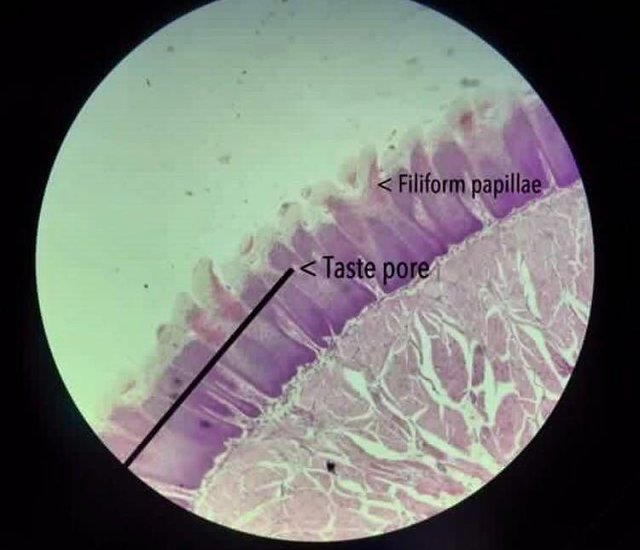
STOMACH
Stomach is the organ of the body which is responsible for producing acids and enzymes that help in the process of digestion. It is line by a simple columnar epithelium.
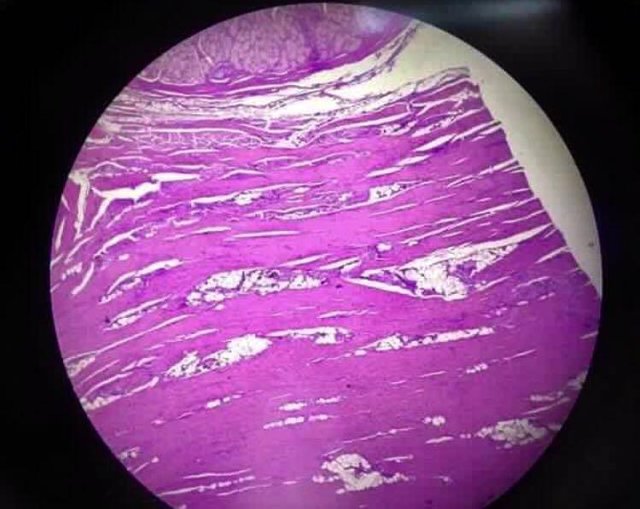
LARGE INTESTINE
Large intestine reabsorbs the water used in digestion and also eliminates all the useless wastes or undigested foods from the body. It is the last part of the digestive system.
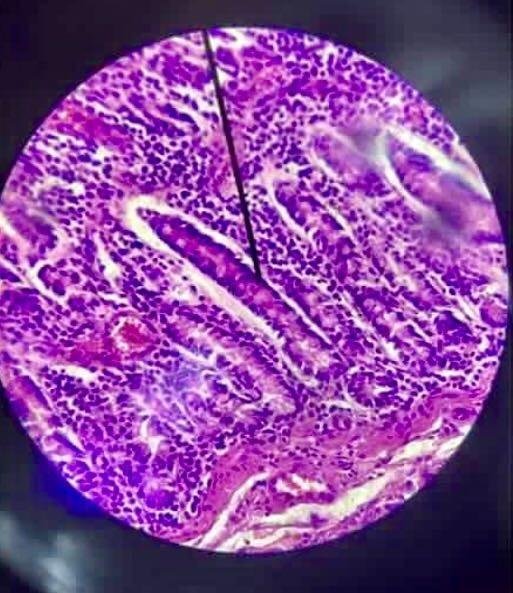
SCALP
Scalp is a soft tissue that also functions just like the skin. It serves as a protection for external irritation.
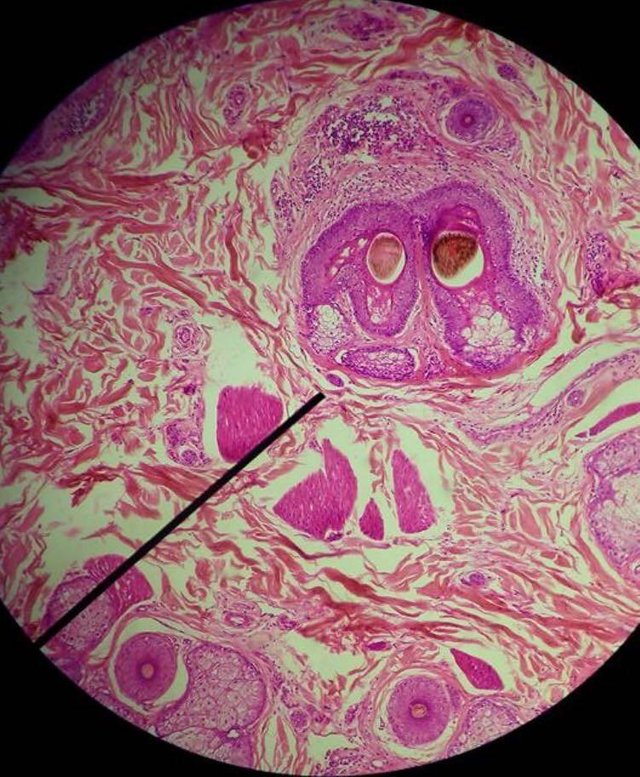
URETER
Ureter is a tube responsible for carrying the urine from the kidney to the urinary bladder. It is lined by stratified, transitional epithelium.
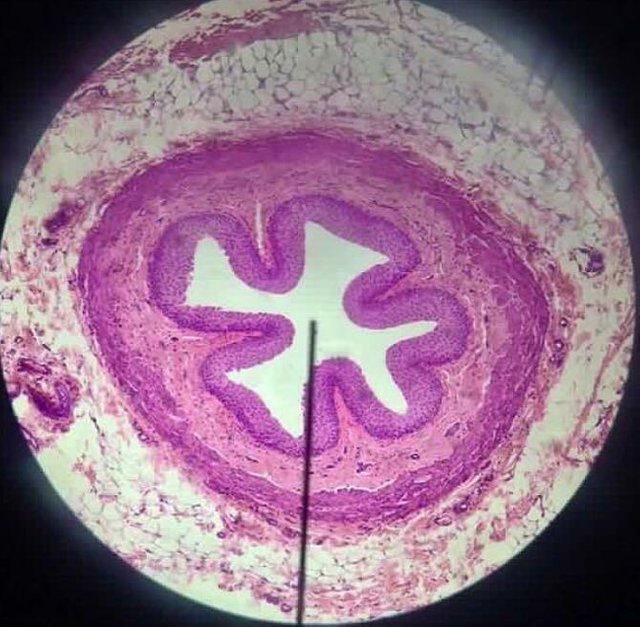
Thanks for reading! Hope you learned from this!
All photos are mine
Captured by iphone5
Ganda ka? Hahahahahaha
Medyo. Haha. Si ka ganon. Aralin mo yang pinost ko, matututo ka sissss haha
Thanks po sa pagpapasit in sa class nyo madam. hahaha
Hahahahahaha!!! Nag notes ka ba? May quiz nxt meeting😂😂
Yup hahaha ayoko masuprrise quiz hahahaha!
Ang cool nito! Ang cute hahaha
Truth! Pero pag moving exam na di na sila cute! Hahaha pare parehas tingin ko sknila 😂😂😂